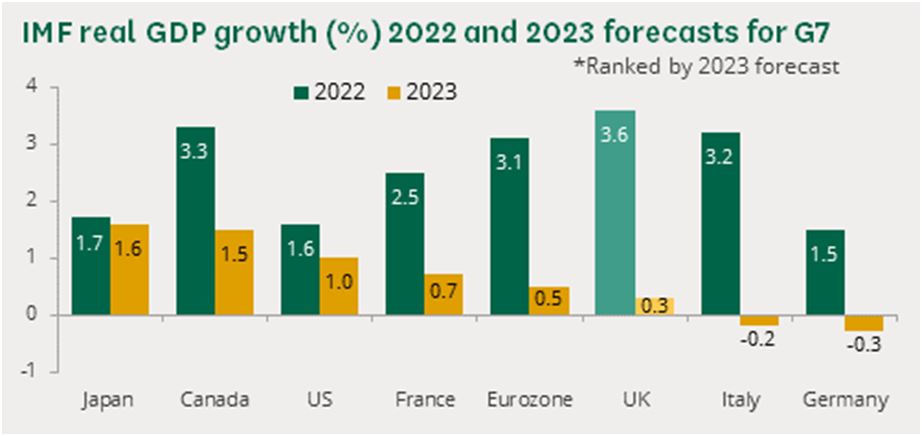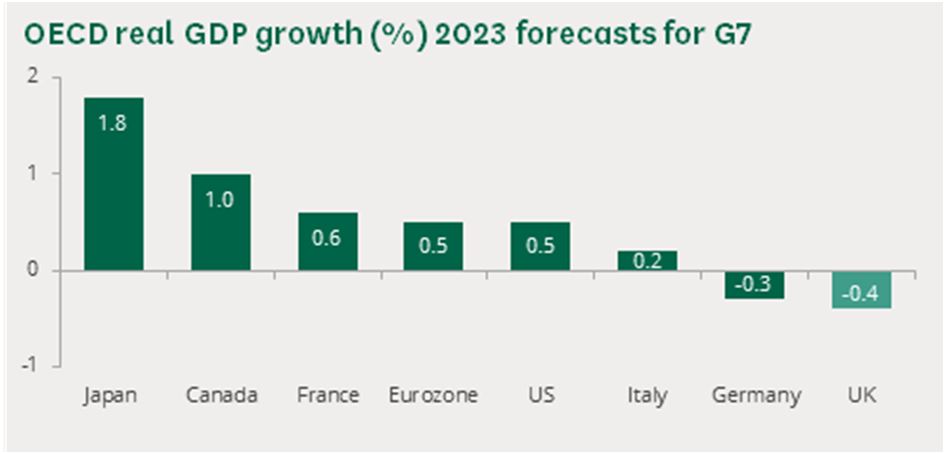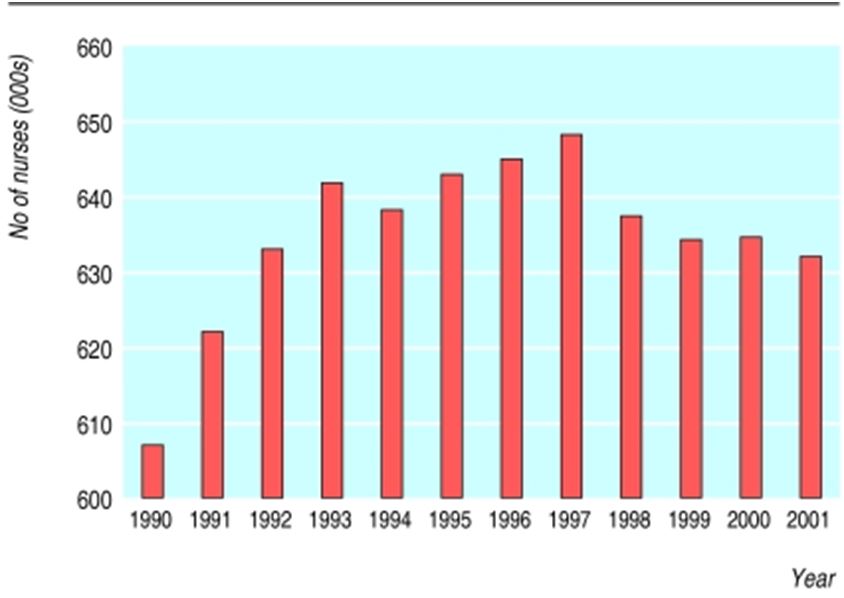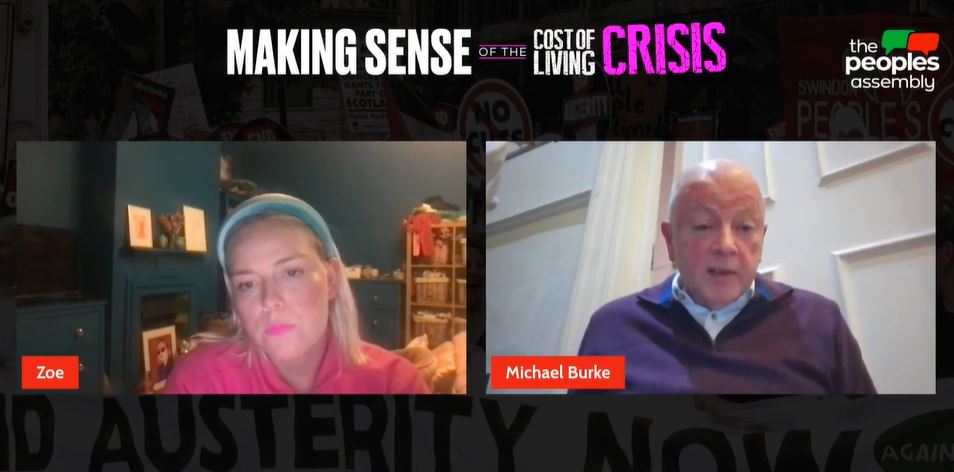By Michael Burke
The Covid-19 crisis is not over. Over 400,000 people a day globally are contracting the virus and about 1,500 a day are dying, according to the ‘Our World in Data’ website which uses John Hopkins University data.
Naturally, for countries and governments which claim to have defeated the virus these terrible data represent a very uncomfortable truth. This fiction is quite widespread but throughout the pandemic has largely been most widely circulated in the richest countries grouped in the G7.
The reason for this was relatively straight forward. Quite contrary to most medical and social practice over several hundred years, civilisation has demanded that the source of a pandemic must be identified and everything possible be done to contain and remove it. In pre-Enlightenment Europe, for example, there are famous cases of whole villages sacrificing themselves to the bubonic plague in order to prevent its further spread.
This precedent was overturned quite early on in the pandemic in the G7 countries (with the partial exception of Japan). Instead, the authorities at various times but in a co-ordinated manner decided that the economic price of combating this virus was too high, and the interests of business must come before the health of the population. The policy was summed by Dominic Cummings, then an aide to Boris Johnson, who quoted the former Prime Minister as saying the policy was to “protect the economy, and if that means some pensioners die, too bad.”
Johnson claims he did not use those words. But it rapidly became clear that in the richest Western countries, this became the practical content of government policy, and was implemented by numerous agencies.
According to John Hopkins University data the Covid-19 global death toll now stands at over 6.6 million. But the recorded death toll in the G7 is now well over 1.6 million. This is despite the fact that the G7 accounts for less than 10% of the world’s population. Yet it also accounts for just under one quarter of the world’s total Covid-19 deaths.
A similar pattern is evident in terms of cases, where the G7 accounts 247 million of the world’s recorded cases of 638 million. The G7 accounts for more than 3 in 8 of the world’s recorded cases despite representing less than 1 in 10 of the world’s population.
It is possible that a similar pattern can be seen in relation to Long Covid, although the data in this category is less reliable than others. All of these much worse public health outcomes, it should be noted, is despite the advantages of greater access to vaccines, better underlying health of the population and greater access to advanced medical care.
On Long Covid, the US Center for Disease Control (CDC) data shows that 40% of all adults who have had Covid experienced some form of Long Covid, while an astonishing 19% still have Long Covid now.
In Britain, 2 million adults report the continuing effects of Long Covid, which is 5% of the adult population. This in turn is contributing to a persistent health crisis, which in turn is hobbling the health services and the economy. Chronic underfunding of the NHS plays a significant role too. But on the key measure of waiting times for elective care, the number of people waiting for care has surged from 4.24 million pre-pandemic to 7.07 million in September 2022.
One factor here will be the impact of the virus on the NHS workforce itself, which was sent into battle without the proper personal protective equipment, which had serious and even lethal consequences for their health. NHS staff will be among those disproportionately effected by Long Covid, as they were for infections.
The other factor was that partial lockdowns, which were prolonged but lax, meant that needed healthcare was postponed while the many different variants were allowed to spread and mutate.
Taken together, the G7 governments’ approach (with the partial exception of Japan) was a public health catastrophe, one which has not ended. Life expectancy is now falling in the US, with ethnic minorities hid hardest. A similar pattern is seen in Britain. This reverses decades of progress on the most fundamental measures of the well-being of the population as a whole.
This is because the priority was the economy. But the economic impact too has been barely short of catastrophic, with analyses now commonplace that the recovery from the effects of the pandemic will be some years in the distance.
The South-East Asian Exception
There is an objection to the John Hopkins data, even though it remains the most authoritative. It is said that the richest countries are accurately reporting their cases and deaths, whereas poorer ones are not.
If this is true at all, it is only by degree. For example the British authorities have given up on reporting cases almost entirely. But the partial exception of Japan invalidates any claims that the G7 data is so skewed as to invalidate all comparisons.
Japan is also a member of the G7. But in mid-January of this year Japan had by far the lowest level of per capita cases and deaths. At that time Britain was the worst in the G7 on both measures. Cases were over 14 times higher on a per capita basis than in Japan and over 18 times higher in terms of deaths.
This was part of a general pattern in South East Asia at the time. It is possible that the recent experience of SARS in the region had generally made the regions’ populations more cautious, more compliant with anti-Covid measures and more likely to wear masks.
However, the same G7 countries that had allowed their own population to die in great numbers had already begun an anti-Zero Covid campaign on the familiar grounds that it was bad for trade and for business. That campaign was gradually and lethally successful. The virus spread rapidly across the region and Japan itself moved up to 6th in the G7 league table of cases.
Of the largest economies now only China maintains a Zero Covid policy. Despite persistent campaigns urging abandoning the policy, China has had far better outcomes both in relation to public health and to economic growth.
Economy unprotected
In broad outline, the mainstream neoliberal view of the economy is that wealth is created by entrepreneurs and that the main role of the mass population is to perform the tasks set by these entrepreneurs, and to consume the goods and services that are produced as a result.
This inverts reality. The main factor driving the economy is labour, and, aside from adding more labour, growth is mainly dependent on the expansion of the means of production through Investment.
The wrong framework contributed decisively to the catastrophic outcomes both in terms of public health and economic well-being. As labour is the decisive input to the economy, protecting the population’s health is a decisive element in maintain economic output and well-being. All misguided attempts to kickstart the economy through increasing Consumption have been damagingly counter-productive.
In Britain Rishi Sunak initiated the policy of ‘eat out to help out’, in effect government subsiding restaurants by paying people to eat in them. Academics at Warwick University found that the government spent £500 million on the scheme, with limited economic impact but causing ‘somewhere between 8% and 17% of all new Covid clusters’ in the summer of 2020.
Similarly, the enormous expansion of both US money supply and US Government Consumption provoked the huge inflationary wave that most of the world continues to suffer. This was clearly an attempt to super-charge growth amid the false claims that pandemic was over and attempt to overtake US rivals.
Not only did these policies fail, they contributed to the long-term ‘scarring’ of the economy in two ways. As already noted, promoting consumption in the middle of a pandemic simply contributed to its growth and all the negative long-term consequences that followed. Secondly, the recklessly negligent approach has not only had long-term health consequences but also damaging economic outcomes too.
According the G7 governments the pandemic has essentially been over since the end of 2021. This is false, but provides a baseline for assessing the economic outlook. According to the IMF, the US will have the weakest real GDP growth in the G7 in 2022, at 1.6%. Both the OECD and IMF agree that 2023 will be worse, with the best growth in the G7 being Japan’s, which in 2023 is expected only to equal US growth this year. Following one of the sharpest (if shortest) recessions on record, this is a miserable performance.
Two charts on growth in 2022 and 2023


Source: House of Commons Library
There is no economic rebound in the G7, and nothing like a ‘boom’. Everywhere is stagnation or slump.
One factor in the economic weakness is simply the absence of workers. In the US, the Brookings Institution estimates there are up 4.1 million workers who have dropped out of the labour force due to Covid. In Britain, ONS data show that the long-term downtrend in the numbers of people off work due long-term sickness abruptly reversed at start of the pandemic and the total is now over 2.5 million people, a record high. At the same time, job vacancy numbers are also close to a record high of 1.25 million.
As labour-power is the decisive factor in production, any significant reduction in the supply of labour will have serious negative effects. This is what happened as a result of the virus and the disastrous response to it.
Conclusion
The clamour to prioritise the economy ahead of public health showed a callous disregard for human life and well-being. It was not accidental that it was led by the richest countries.
However, their failure of basic morality was accompanied by dangerous misconceptions about how their own economies work, clouded by self-interest. Together this has become a twofold attack on the bulk of the population, in terms of public health and economic prosperity. It is not a model that should ever be emulated or repeated.



Recent Comments